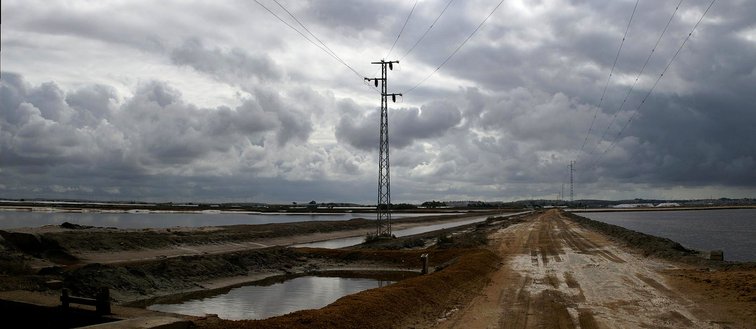
|
|
About 23
Just In
Discover the world from a different angle.
Here's a crop of the latest photos from the around the world. |
Popular photos right now |
11 comments so far...
I am very happy you like it, Swetie! :***)
If they are living there, they must be coloured red, right? Due to the high salinity.
WD :***)
Our work here is connected with examination of three species of brine-shrimps (Artemia). We study their parasites, since shrimps are intermediate hosts of some tapeworms of birds (as flamingo for example). The red color caused by a few reasons, in fact - could be carotenoids or hemoglobin in their haemolymph . In fact, when they live in very high salinity ponds, they need more hemoglobin, so .. they are more red. Our studies show that the more red artemias have more parasites as well. ;) So, what is exactly the reason for that color still remains not sufficiently clear.
Uhh, what a long comment :D
Oups, one more thing, Zy! Be aware of your Artemia franciscana - do not release any alive specimens in your sink! This is not a native species, it is an invasive one. It is spreading very fast last decades in Palaearctic and the native A. parthenogenetica and A. salina are endangered to extinct from the salt-pans.
This is very special... magnificient light :)
I'm always fascinated that species which exist for such a long time are still in focus of the today's science.
My wife did something similiar on fungi.. Zygomycota for instance..
Thank you very much, Mick!